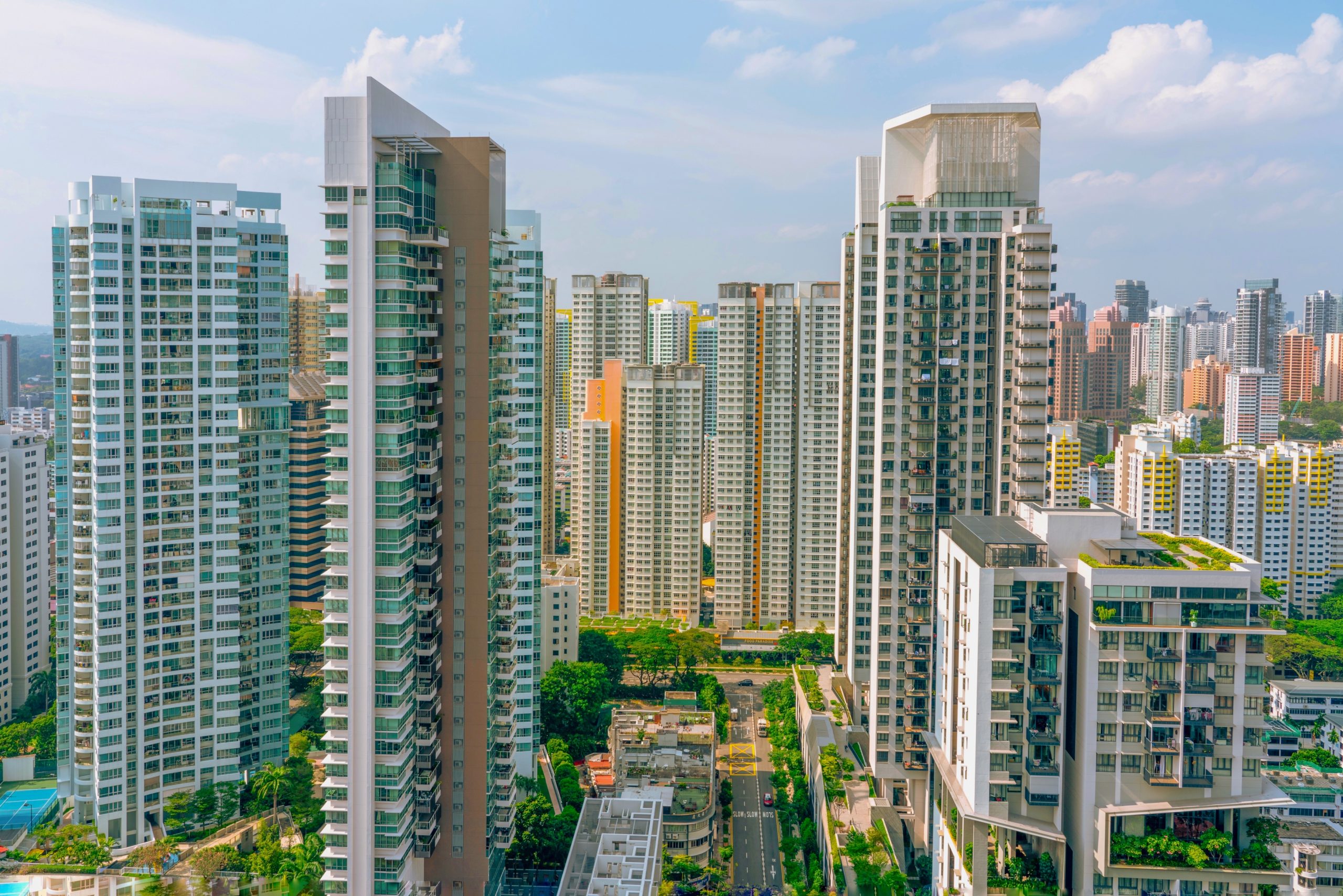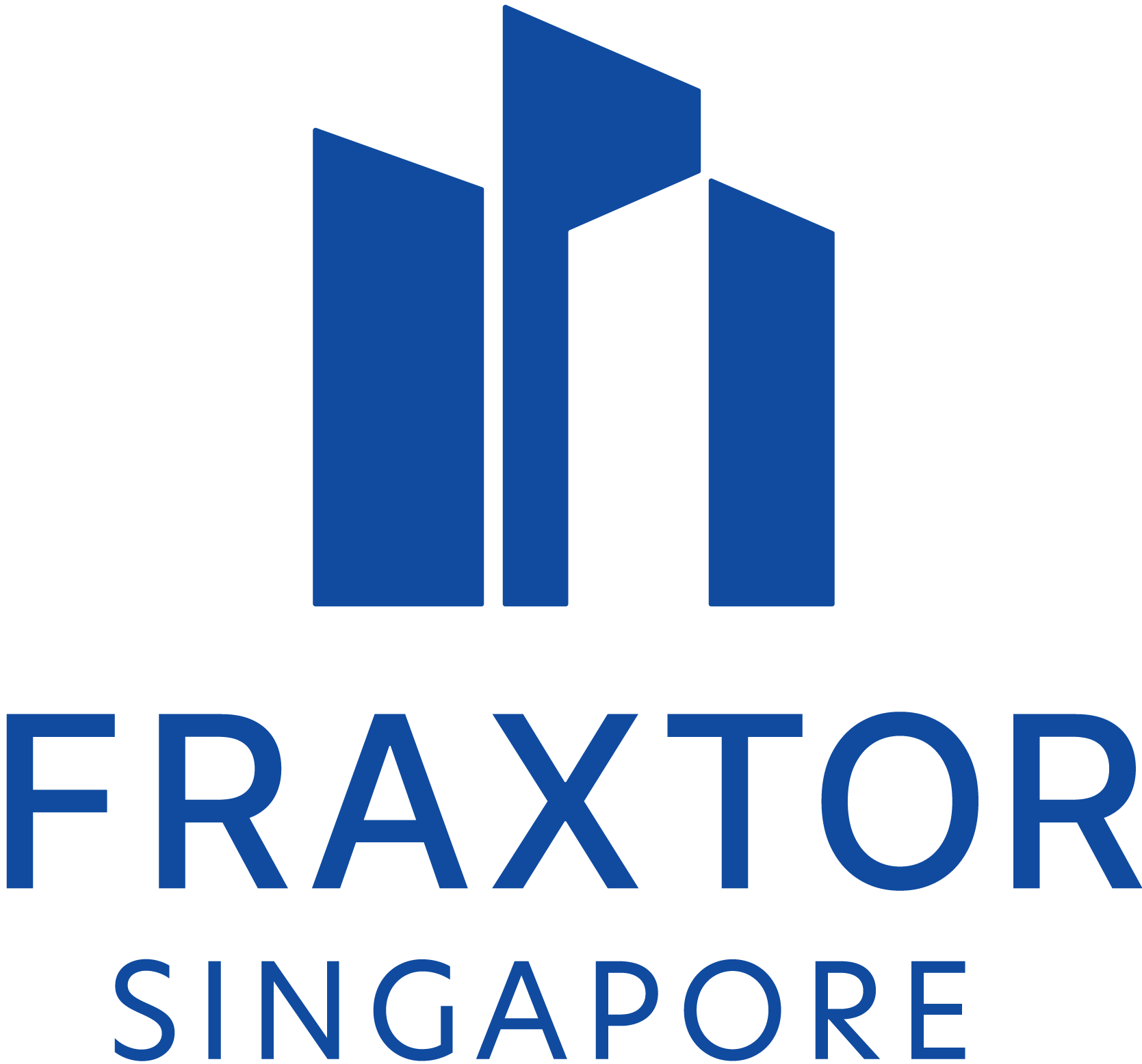
Different Ways to Invest in Real Estate in Singapore
Singapore’s property market is known as a safe haven for its stability. Both local and foreign investors have taken to Singapore as an investment destination for property. Taking the recent pandemic as an example, despite the obstacles and challenges presented, the overall private home price index has risen 13 percent over the last 2 years.
There are many ways to start investing in property in Singapore, each with its own varying amount of effort and capital requirement. The first two ways presented in this article require you to be present and engaged, as well as the need for a higher capital input. The last two ways are more passive and less worrisome. Before we get into the first two methods, let’s understand property stamp duty and debt tools in Singapore that you can keep in mind as we run through the methods.
Additional Buyer Stamp Duty (ABSD)
ABSD is a tax that a buyer would have to pay when purchasing a second property onwards, it is computed based on the market valuation or selling price of the property, whichever is higher.
The rates vary depending on the profile of the buyer.
Seller Stamp Duty (SSD)
SSD is a tax payable on residential properties that are sold within a holding period of three years. The holding period starts on the date of purchase and ends on the date of sale. The SSD rate is based on the actual price or market value, whichever is higher.
Total Debt-to-Servicing Ratio (TDSR)
TDSR refers to the portion of a borrower’s gross monthly income that goes towards repaying the monthly debt obligations, including the loan being applied for.
This is calculated with the following formula:
A borrower’s TDSR should be less than or equal to 55%, to ensure that borrowers are not over-leveraged for property purchases.
Loan-to-Value (LTV) Ratio
Essentially, this determines the amount that you are allowed to borrow to finance your residential purchase.
The lower limit is applied if the loan tenure exceeds 30 years or the loan period extends beyond the borrower’s age of 65 years.
Methods to Invest in Real Estate in Singapore
Now that we have briefly talked about the financing constraints and relevant taxes for property owners in Singapore, let us look at the different methods available.
The concept is simple, you buy a property and maybe you make some renovations, then after a few years, you sell it at a higher price than what you paid for to make a profit. Now, the concept sounds easy but bear in mind that there are many factors to consider before you decide on this method of property investment.
Ultimately, whether you make a profit boils down to capital appreciation and the market conditions. This is a factor that is difficult for you to control.
There are also other factors to consider that might risk a bad investment.
- Overspending on renovation might lower your profits
- Bad initial property conditions that require hefty repairs
- Vacancy costs from being unable to find a buyer
Factoring in the cost of ABSD and SSD (if needed), this method is a great way to make a decent profit. However, a substantial amount of time, effort and capital is required.
The goal here is long-term, to create a passive monthly income stream. You purchase a property, set it up and rent it out. Profits will appear when your rental income is higher than your mortgage payments, and when you have paid off your mortgage, rental income becomes pure financial profit. Yet, although it sounds easy enough, there could be a ton of work to be done in the interim.
Rental profit is decided by your mortgage payments, the higher the mortgage, the lower the profit, yet if you can pay off the mortgage earlier, rental profit will increase significantly. There will also be the issue of unexpected repairs that can put a big dent in your wallet, and if such issues occur at the beginning, then more capital must be invested. Other drawbacks could be having to maintain the property regularly and attending to tenant’s needs.
With global travel making a comeback, so are international students and workers, this allows for a better renter market as demand picks up. Therefore, it is not a bad time to invest in property through this method.
Moving away from the effort-dense methods, the third method is an easier way to invest in real estate. Real Estate Investment Trusts (REITS) are funds that are invested in a portfolio of income-generating real estate assets with the goal of generating income for unit holders of the REIT. These assets can include a combination of shopping malls, offices, hotels and industrial properties.
Your money will be pooled together with other investors and invested in a portfolio of real estate properties. There will be a management fee to be paid for the REIT if it is managed professionally. There are also robo-advisors that offer REITs-based portfolios.
Singapore REITs tend to have a higher level of yields across most major markets. Based on the FTSE Straits Times Real Estate Investment Trust Index, the average dividend yield is 5-6%.
However, similar to all sorts of investments, personal due diligence should be done before investing.
The principle of fractional ownership is this- you have part ownership of a property alongside other unrelated investors. This approach reduces the financial burden on one single investor and allows multiple investors to earn returns on the investment. This also mean that investors are given the opportunity to invest in multiple properties anywhere in the world.
Here at Fraxtor, we enable fractional investing with ease through our digital platform and bring to our growing investor base niche investment opportunities such as residential and industrial development projects in Singapore, the development of purpose-built student accommodation in the United Kingdom, and long-term-care homes in Canada.
We were also recently awarded a Capital Markets Services (CMS) License by the Monetary Authority of Singapore (MAS) which has enabled us to issue security tokens (“Frax”) including debentures and collective investment schemes that comprise capital markets products. Our digital platform operates through the use of blockchain technology which is used to issue real estate interest on a distributed ledger in a process known as tokenisation.
Fractional investing is at the forefront of property technology and will continue to reshape the real estate industry in time to come.
For more information, visit our FAQ section.
Do check out our blog for more Real Estate content.
Sign up to our newsletter
Sign up for our newsletter to stay in touch with global real estate news and opportunities!
By signing up, you acknowledge that you have read and agreed to our privacy policy.

